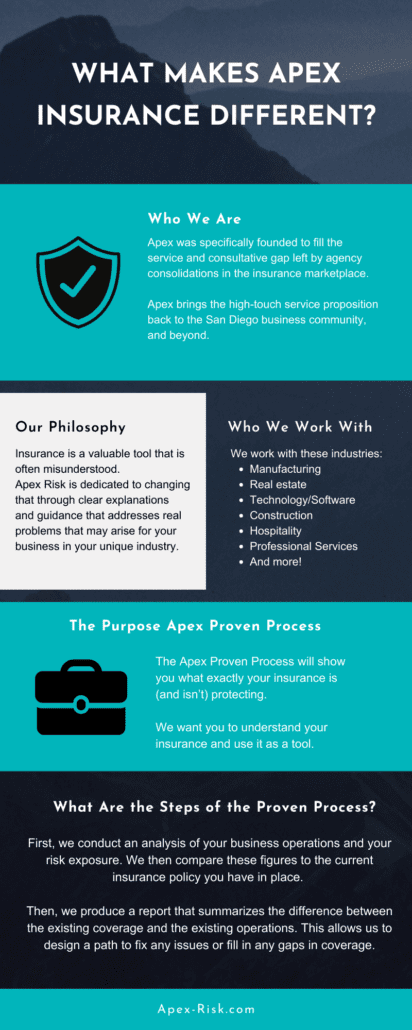The Definitive Guide to Pacific Prime
The Definitive Guide to Pacific Prime
Blog Article
The Main Principles Of Pacific Prime
Table of ContentsPacific Prime Things To Know Before You BuyThe Ultimate Guide To Pacific PrimePacific Prime Fundamentals ExplainedSome Known Details About Pacific Prime
In most states, the insurance firm is required to send you a copy of the modifications to your plan. It is vital that you read Endorsements or Bikers so you comprehend exactly how your policy has actually transformed and if the plan is still ample to fulfill your needs. To obtain a copy of your insurance policy, please call your insurance policy representative or firm.
The Institute of Medicine (IOM) Board on the Effects of Uninsurance launches an extensive assessment of evidence that addresses the significance of wellness insurance protection with the magazine of this record. Protection Matters is the first in a collection of 6 reports that will be issued over the following 2 years documenting the reality and effects of having actually an estimated 40 million people in the USA without medical insurance protection.
:max_bytes(150000):strip_icc()/terms_i_insurance_FINAL_-3556393b3bbf483e9bc8ad9b707641e4.jpg)
The Ultimate Guide To Pacific Prime
The objective of this series of researches is to refocus plan interest on a historical issue. Adhering to the longest financial expansion in American background, in 1999, an approximated one out of every six Americans32 million grownups under the age of 65 and greater than 10 million childrenremains uninsured (Mills, 2000).
:max_bytes(150000):strip_icc()/how-does-insurance-sector-work.asp-FINAL-1ccff64db9f84b479921c47c008b08c6.png)
Ten percent of the population make up 70 percent of health care expenses, a correlation that has continued to be constant over the past 3 years (Berk and Monheit, 2001) - expat insurance. Therefore medical insurance remains to serve the feature of spreading out risk even as it progressively funds regular treatment. From the viewpoint of health care suppliers, insurance carried by their clients assists safeguard a revenue stream, and areas gain from financially practical and steady wellness treatment practitioners and institutions
Federal government provides medical insurance to populations whom the private market may not serve efficiently, such as handicapped and senior citizens, and populations whose access to health care is socially valued, such as children and expectant females. The best ends of medical insurance protection for the private and neighborhoods, including workplace communities of employees and employers, are enhanced health outcomes and lifestyle.
Pacific Prime for Beginners
Staff members place medical insurance initially without a doubt discover here in relevance among all the advantages used in the workplace (Salisbury, 2001). Although there have actually been large financial investments of personal and public funds to provide medical insurance, many individuals still have no coverage. Despite considerable reporting of study findings and healthcare research results, the public continues to be confused and misinformed concerning Americans without medical insurance and the effects of lacking protection.

Without inquiry, the complexity of American wellness treatment financing systems and the wide range of resources of information add to the general public's complication and uncertainty about medical insurance data and their interpretation. This report and those that will comply with purpose to boil down and present in readily reasonable terms the considerable study that bears upon questions of health and wellness insurance protection and its importance.
Fifty-seven percent of Americans surveyed in 1999 believed that those without medical insurance are "able to obtain the treatment they require from medical professionals and hospitals" (Blendon et al., 1999, p. 207). In 1993, when national attention was concentrated on the problems of the uninsured and on pending health care legislation, simply 43 percent of those questioned held this idea (Blendon et al., 1999).

They additionally get fewer preventive services and are less most likely to have routine care for chronic problems such as high blood pressure and diabetes. Persistent illness can result in costly and disabling problems if they are not well managed (Lurie et al., 1984; Lurie et al., 1986; Ayanian et al., 2000). One nationwide study asked greater than 3,400 adults about 15 very significant or dark conditions.
About Pacific Prime
Extra evidence is presented later on in this chapter in the conversation of insurance policy and access to wellness care. http://tupalo.com/en/users/6478264. People without health and wellness insurance are young and healthy and balanced and select to go without insurance coverage. Virtually fifty percent (43 percent) of those evaluated in 2000 believed that individuals without medical insurance are most likely to have wellness problems than individuals with insurance coverage
Voters and plan makers in emphasis group conversations characterize those without insurance policy as youngsters that have the opportunity to be covered and feel they do not require it (Porter Novelli, 2001). Contrasted to those with at least some personal coverage, the uninsured are much less likely to report remaining in outstanding or really good wellness (Agency for Health Care Research and High Quality, 2001).
RESOURCE: Center for Expense and Funding Studies, Firm for Healthcare Research Study and Top quality, based on MEPS data. Young person between 19 and 34 are much more likely to do not have wellness insurance than any type of various other age team. This is primarily since they are much less often eligible for employment-based insurance policy because of the nature of their task or their short period in it.
The perception that individuals without insurance have better-than-average health and wellness adheres to from confusing the relatively young age profile of the uninsured with the much better wellness, typically, of younger persons. This obscures the link between health and wellness condition and medical insurance. For those without accessibility to workplace medical insurance, bad health and wellness is a prospective obstacle to buying nongroup insurance coverage because such coverage might be very valued, exclude preexisting conditions, or be simply unavailable.
Report this page